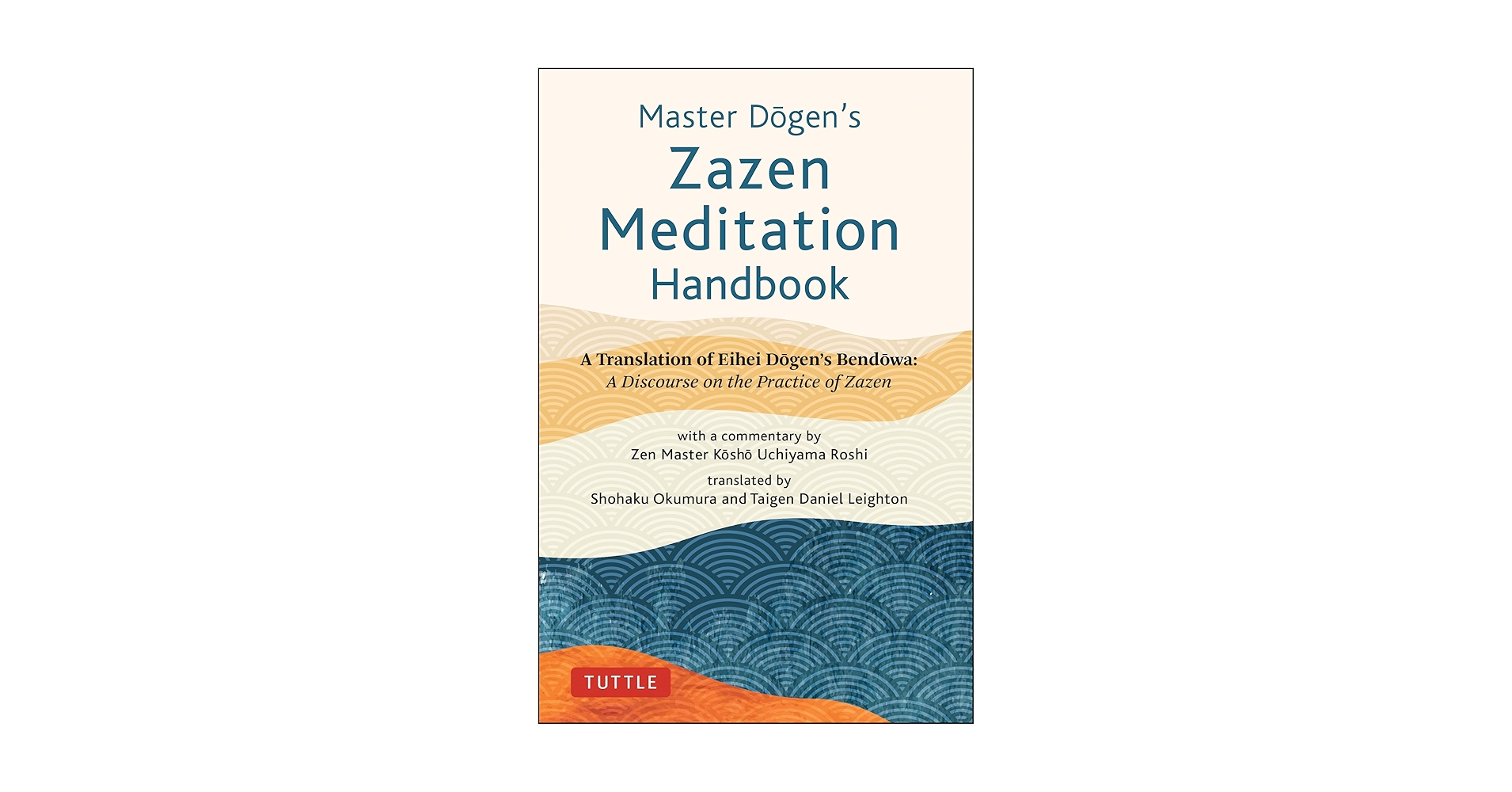Zazen, or seated meditation, is one of the core practices of Zen Buddhism—known for its power to still the mind, sharpen awareness, and open the path to enlightenment. But where did zazen originate? How did it evolve from ancient spiritual practice into a defining feature of Japanese Zen? In this article, we’ll explore the rich history of zazen, from its beginnings in India to its transformation in China and flourishing in Japan.
What Is Zazen?
Zazen (座禅), meaning “seated meditation,” is a contemplative practice where one sits in a stable, upright posture—typically cross-legged—and focuses on the breath, bodily awareness, or open presence. The goal is not to chase thoughts or achieve something specific, but to observe the arising and passing of thoughts with clarity and equanimity. Over time, this practice is said to lead to profound insight, inner stillness, and, ultimately, spiritual awakening.
The Indian Roots: Where Did Zazen Begin?
Zazen’s earliest foundations lie in the meditative practices of ancient India. It was under the Bodhi Tree in Bodh Gaya, while seated in deep meditation, that Siddhartha Gautama—the historical Buddha—attained enlightenment over 2,500 years ago. His teachings emphasized dhyana (meditative absorption), which would later serve as the basis for zazen.
Bodhidharma and the Chinese Chan Tradition
In the 5th or 6th century CE, the Indian monk Bodhidharma traveled to China and became a pivotal figure in the development of Chan Buddhism—the school that would later evolve into Zen. Bodhidharma stressed the importance of direct experience over ritual or scripture and placed great emphasis on seated meditation as a gateway to realization. His legendary “wall-gazing” retreat at the Shaolin Temple symbolizes this rigorous commitment to zazen.
Zazen Comes to Japan: The Rise of Zen Buddhism
Zazen formally arrived in Japan in the late 12th and early 13th centuries. Two influential Japanese monks played key roles:
- Eisai (1141–1215) introduced the Rinzai school of Zen, which emphasized kōan practice—short paradoxical phrases used to cut through logical thinking—alongside zazen.
- Dōgen (1200–1253) founded the Sōtō school, which placed zazen itself at the heart of practice. Dōgen called this approach shikantaza, or “just sitting”—meditation with no object or goal beyond presence itself.
In both traditions, zazen became the central practice, believed to express the very essence of Buddha’s teaching.
How Zazen Spread Through Japanese Society
Initially practiced within Zen monastic communities, zazen slowly extended into broader Japanese culture. During the Kamakura and Muromachi periods (12th–16th centuries), Zen gained favor with the samurai class, who were drawn to its values of discipline, composure, and clarity of mind.
Over time, Zen influenced not just religion, but Japanese aesthetics, tea ceremony, martial arts, and even architecture—deeply embedding zazen’s quiet presence into Japanese life.
Zazen Goes Global
In the 20th century, Zen—and with it, zazen—began spreading internationally. Thinkers like D.T. Suzuki introduced Zen to Western audiences, while teachers such as Shunryu Suzuki, Taizan Maezumi, and Thich Nhat Hanh brought accessible forms of zazen to Europe and North America.
Today, zazen is practiced worldwide, in Zen temples, meditation centers, and homes—from Tokyo to San Francisco to Berlin.
Is Zazen Uniquely Japanese?
Although zazen is closely associated with Japanese Zen, it is not originally Japanese. Its roots lie in Indian Buddhist meditation and Chinese Chan traditions. However, Japan played a vital role in refining, preserving, and transmitting zazen as a living tradition. Japanese Zen schools have emphasized a unique rigor and simplicity that continues to resonate with practitioners globally.
Conclusion
Zazen is more than a meditation technique—it’s a living expression of Zen itself. Born from the Buddha’s awakening, shaped by Bodhidharma’s journey to China, and brought to maturity by Japanese masters like Dōgen, zazen has journeyed across centuries and cultures. Today, it offers a timeless invitation: to sit still, to see clearly, and to awaken to the truth of one’s own nature.
Whether you’re a long-time Zen practitioner or just beginning to explore meditation, zazen provides a simple, profound path to clarity, insight, and peace.



